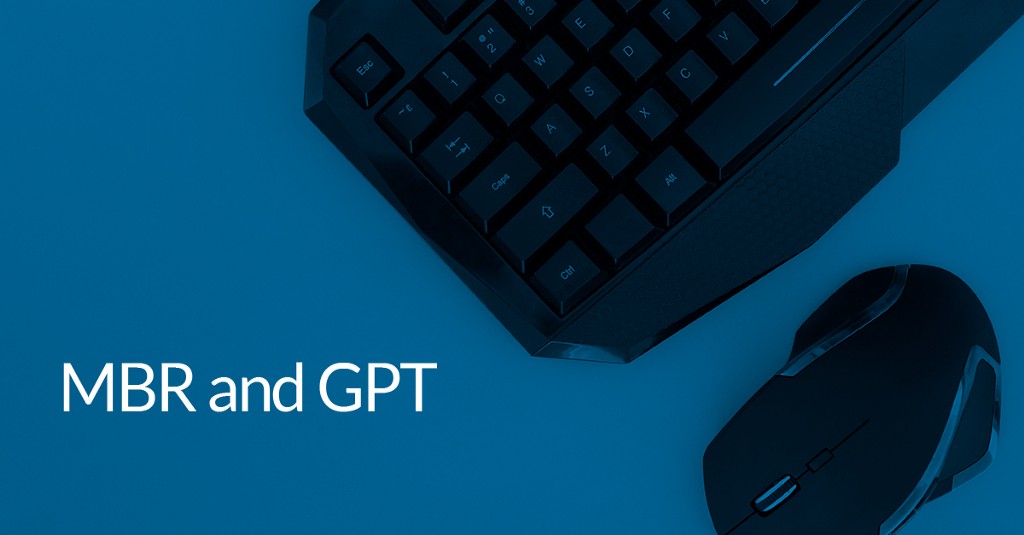Advanced Backup Techniques


Macrium Reflect offers you flexibility tools to create backups that meet your needs. Today we will be discussing some of the more advanced options available.
Incremental Imaging
Incremental images work by only backing up the changes that have occurred since the previous backup. This keeps the backup files created small, and the time required to create them low. Together, compared with only creating full images, this enables you to create many more backup points using the same resources.
The entire incremental backup set must be present for a restore to take place, if the chain is broken you will be unable to restore an incremental backup after this break.
There are two common misconceptions regarding incremental imaging.
- They will take more time to restore, as the full image is restored, followed by the incremental images.
In actuality, the restore is completed in a single pass being no slower than restoring a single full image. - An incremental backup set is more susceptible to corruption.
The image data used for a restore is stored once on the disk (either in one full image file or also dispersed across several incremental image files) so is as equally likely to encounter a non-correctable surface error and therefore equally robust. You could argue that an incremental backup set is more vulnerable to an accidental deletion of a file in the set.
Differential Images
Differential images are special case incremental images. Instead of referencing the previous incremental, these always reference the full image. As changes accumulate over time since the full image, the size and time required since differential images will consequently increase. The advantage, however, is that the backup chain will only consist of the full and a single differential image. This can make management of off-site or archive storage easier as older differential backup files can be deleted without invalidating the backup chain. For this reason, it is used as the second level of the GFS scheme (https://knowledgebase.macrium.com/display/KNOW7/Retention+and+consolidation).
Advanced Backup Options:
Macrium Change Block Tracker (CBT)
Incremental and differential backups are fast because Reflect uses the filesytem index to identify changes since the last backup to be appended to. Though Reflect can rapidly identify which files have changed, the changes within a file can only be located with a bytewise comparison; for large files this can be slow.
Macrium CBT vastly accelerates the change identification phase of incremental (and differential) backups. It is implemented as a kernel mode driver, logging each block that is modified by the filesystem. This provides huge improvements in backup performance.
More information about CBT can be found here:
https://blog.macrium.com/techie-tuesday-macrium-changed-block-tracker-1ec3f27e7694
Delta indexes
Each Macrium backup file has two parts; an index and the data. Standard backup files all contain a full index containing the location of any data block independent of the file in which it is located. This improves the performance of mounted backups. However, it makes the backup files larger and somewhat slower to create.
In the case where backups are frequent, or it is important to minimise the size of incremental / differential backups, you can enable delta indexes. A delta index only references data in the that file. The reduction in size and backup creation time comes at a cost of slightly slower mounted images.
https://knowledgebase.macrium.com/display/KNOW/Delta+Indexes+for+Incremental+Backups
Retention and Consolidation
Once you have decided on the type of backups you want to perform, you can then define your retention rules to further manage your storage space. Retention rules allow you to specify how many or how long backups are retained for. By doing this you can ensure that you’re your destination always has sufficient storage for the most recent backup images. The logic applied for retention depends on the type of backup and how the retention rules are configured. For a detailed breakdown of how retention rules are applied to your backups, please see this KnowledgeBase article:
https://knowledgebase.macrium.com/display/KNOW72/Retention+and+consolidation
Simple retention involves rules based deletion of backup files. Consolidation enables more sophisticated retention rules.
In particular consolidation overcomes a significant limitation of incremental backup chains; with a continuous incremental backup chain you cannot retain the latest n backups by deleting the older incremental backups as that would invalidate the chain. Consolidation achieves retention of the latest n backups by copying the data from the older / to be discarded backups into the full or first incremental backup. This scheme is known as ‘Incrementals forever’.
Note that care has to be taken when maintaining a remote copy of a backup set when using consolidation. Unlike a standard backup set, consolidation will update previously created files in the set.
Read about ‘Incrementals forever’ and other consolidation modes here.
Retention and consolidation - KnowledgeBase - Macrium Reflect Knowledgebase
You can download a 30-Day Trial of Macrium Reflect Home, Workstation, Server, Server Plus, or Site Manager.


